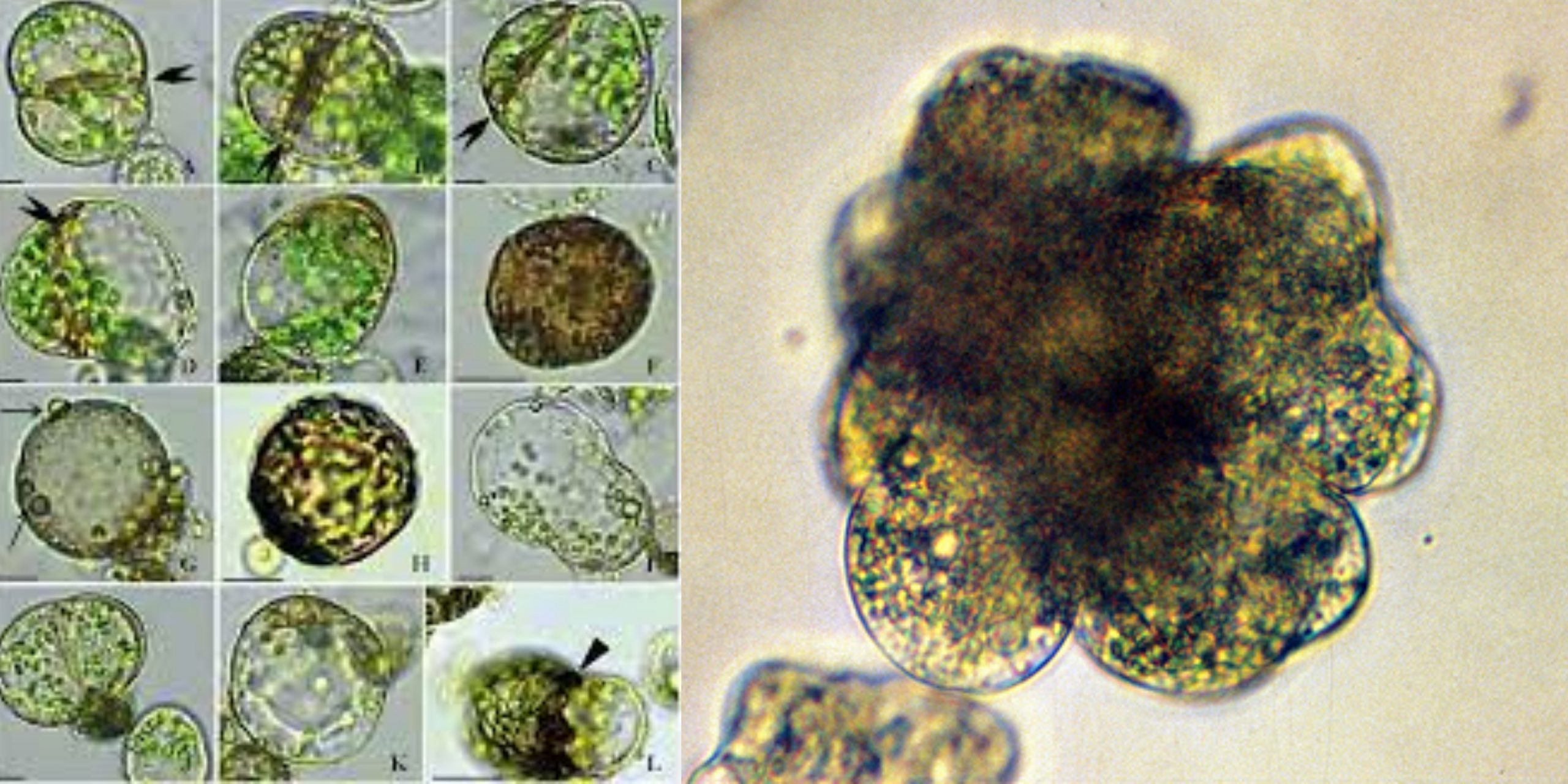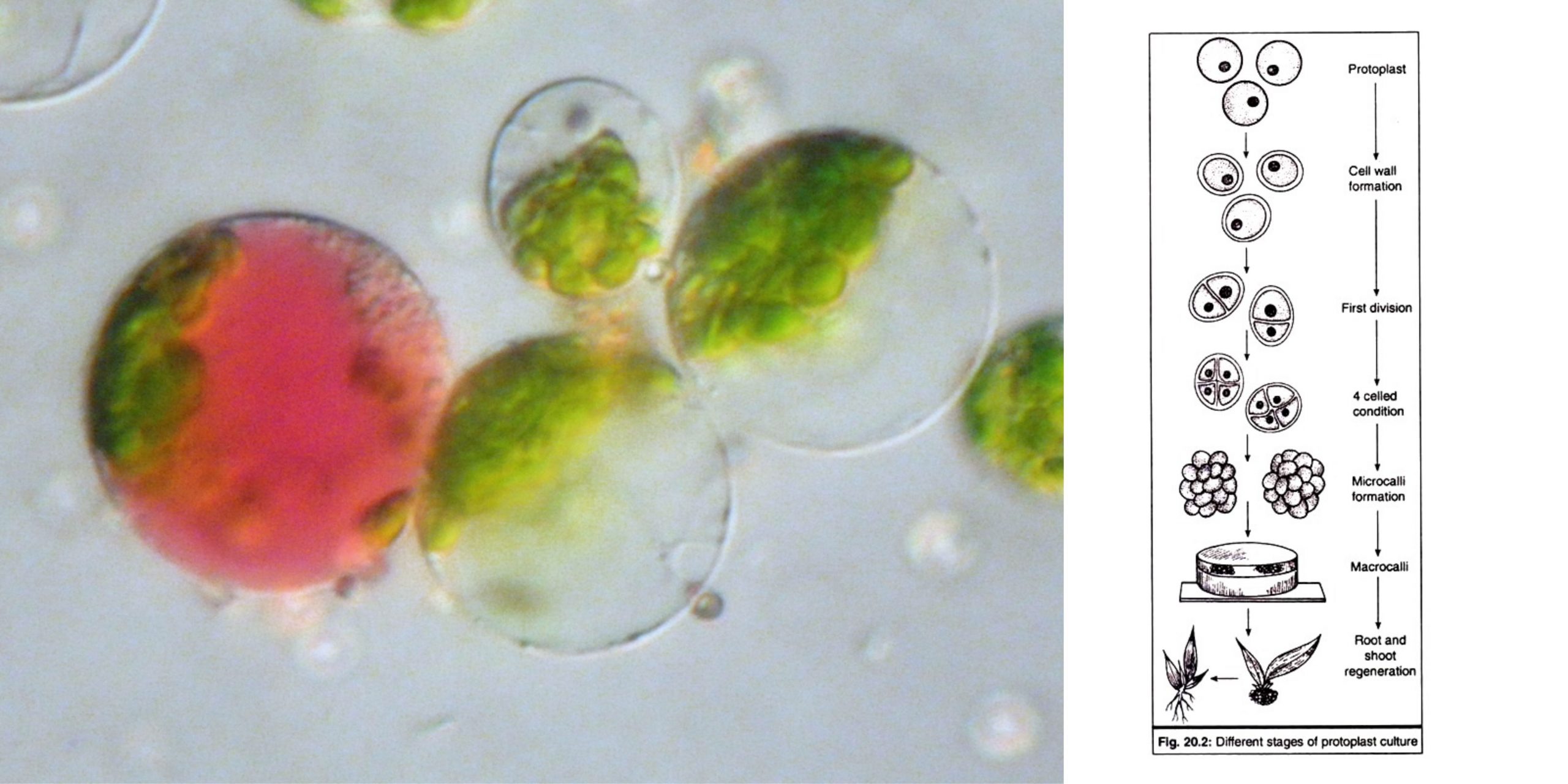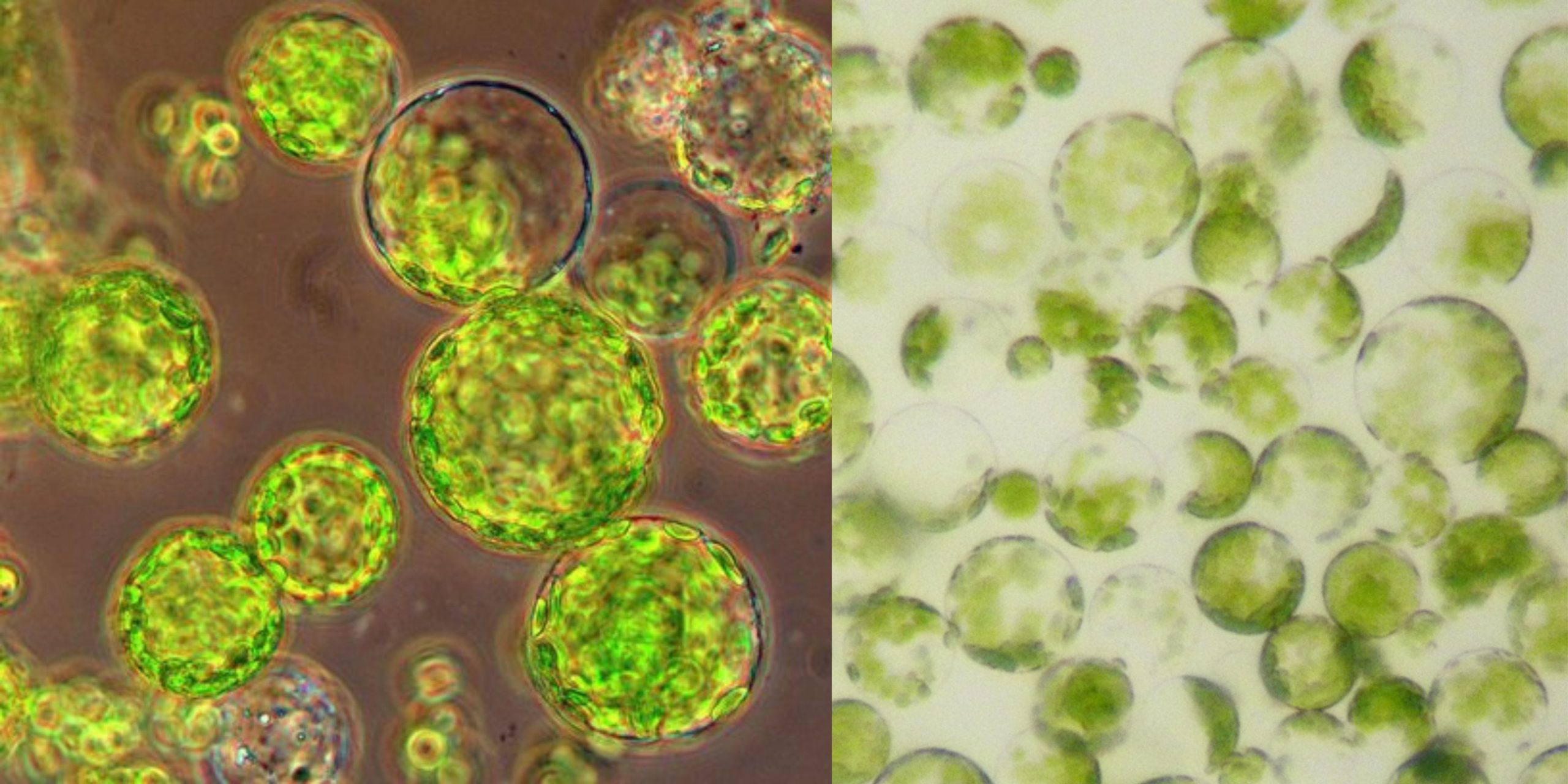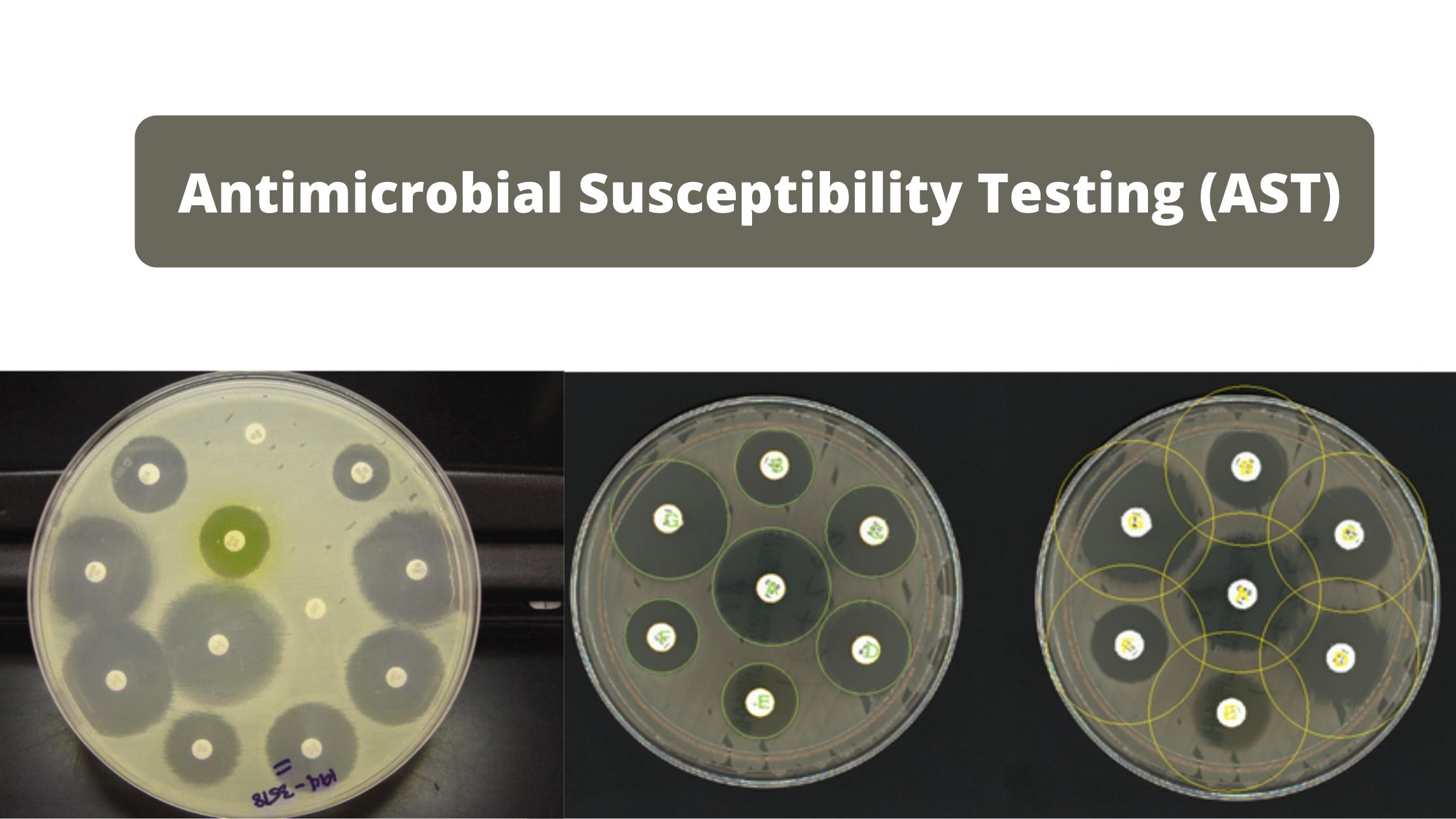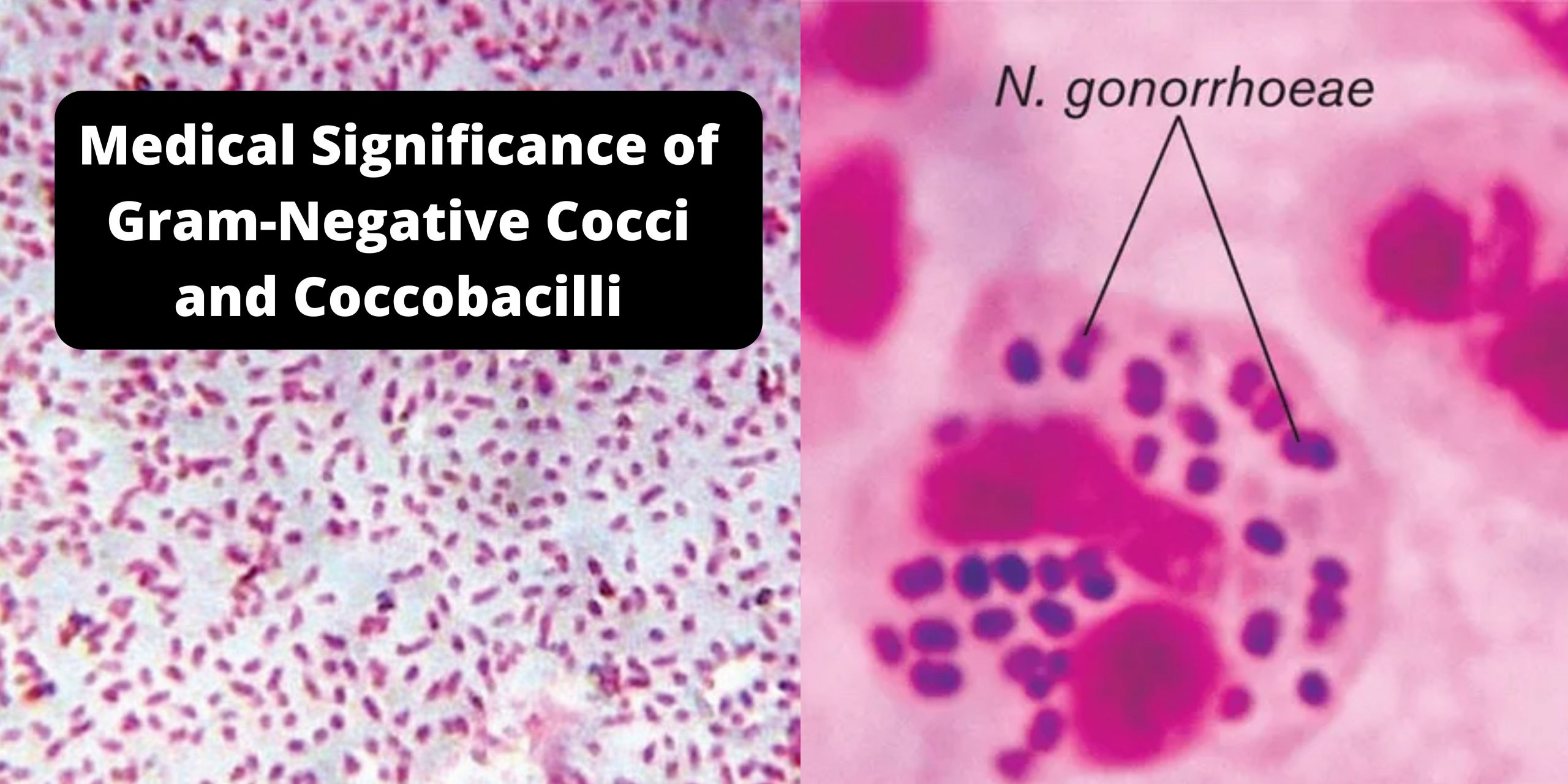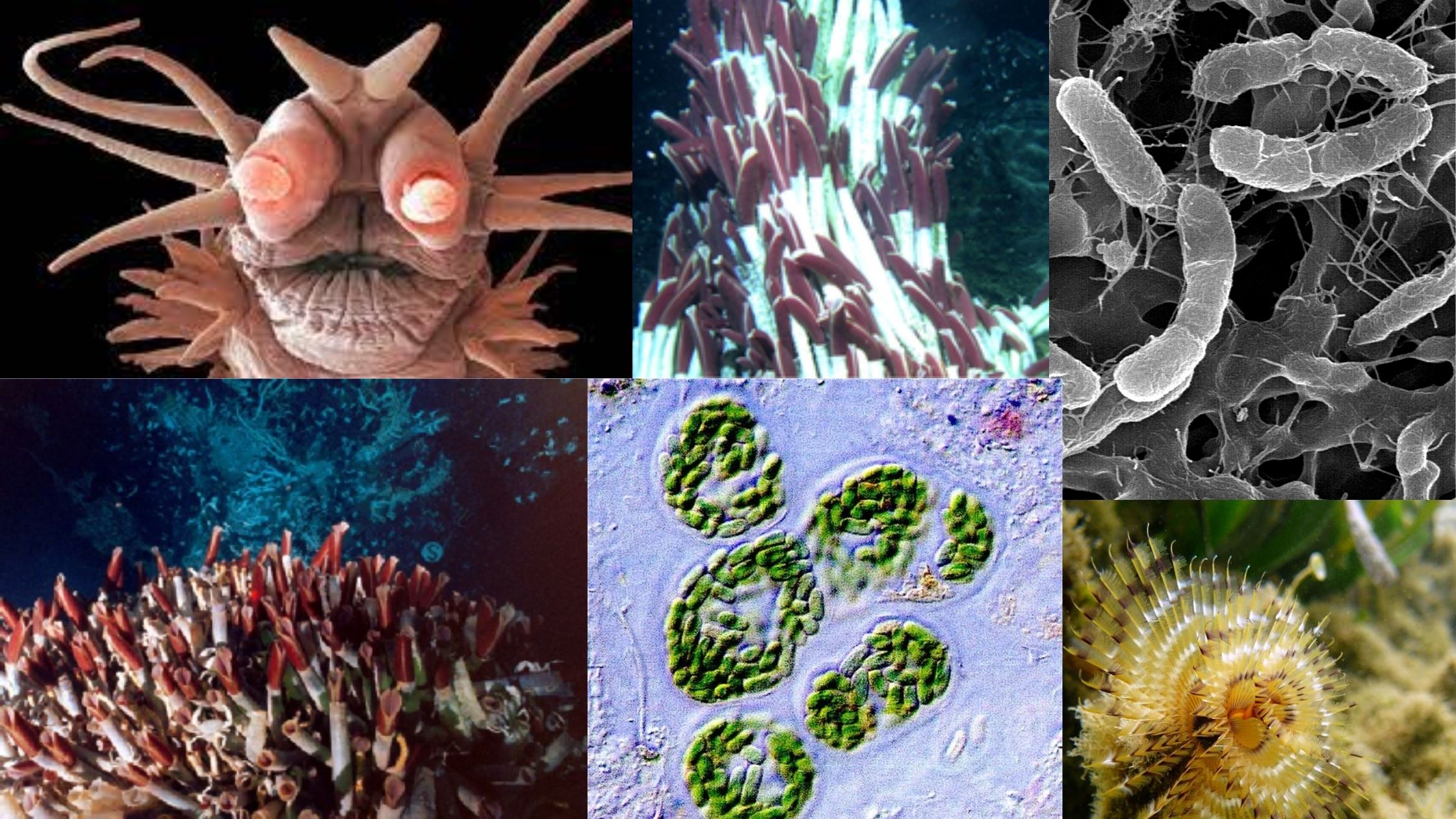Protoplasts Isolation
The protoplast, sometimes referred to as a naked plant cell refers to all the constituents in a cell of plant that are not the wall of the cell. The term”protoplast” was first used in the work of Hanstein in 1880 to refer to the living matter contained within the membrane of the plant cell. The … Read more
